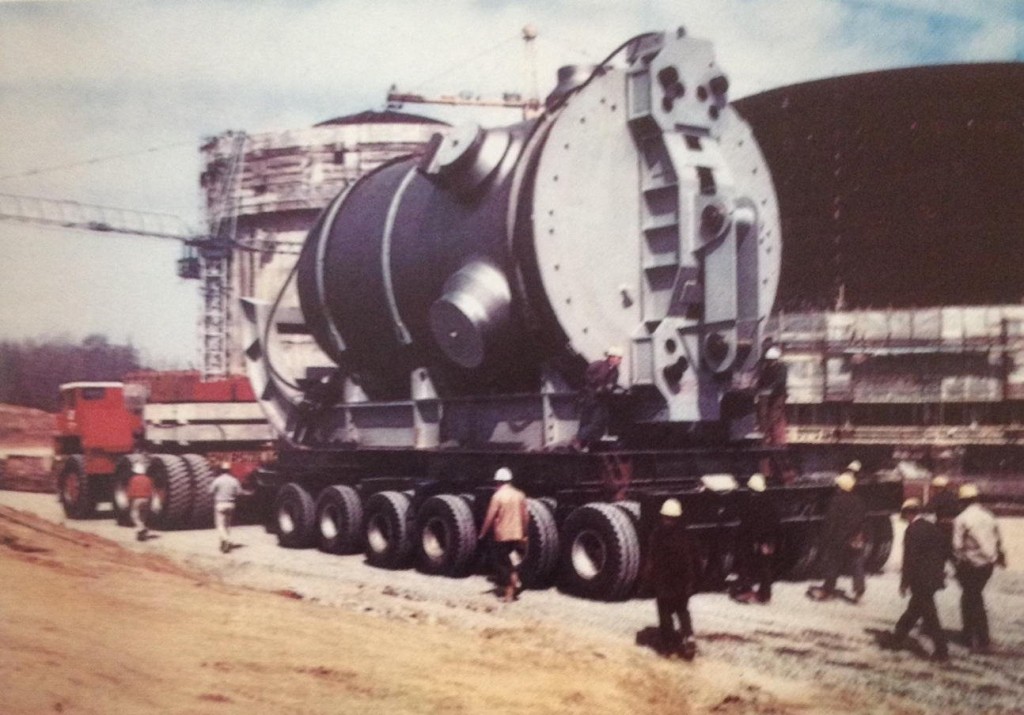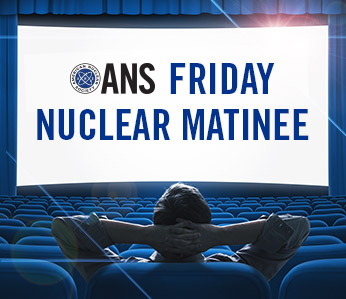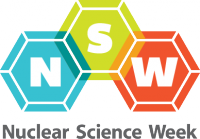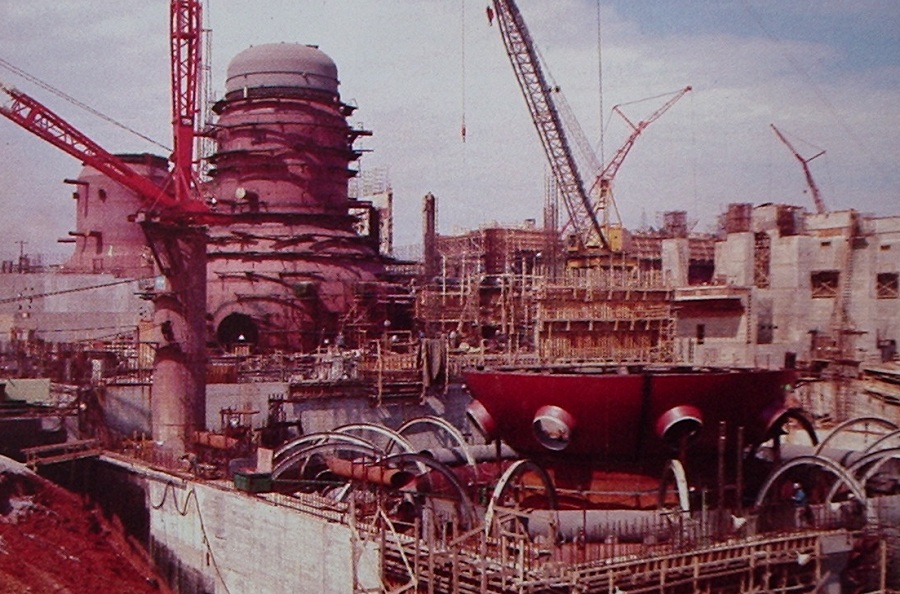Nuclear Plant Construction Delay and Cost 4
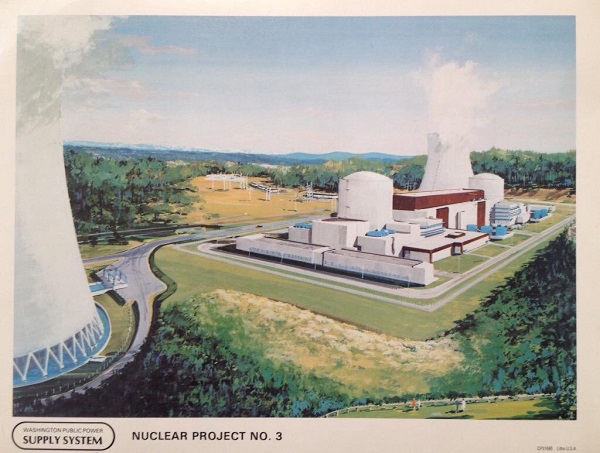
Washington Public Power Supply System Project 3, located at Satsop, Washington. Many utilities significantly overestimated future demand and over-ordered plants; this plant, designed by EBASCO, was one example. It was never completed.
At this fourth installment of the series on the "First Nuclear Era" build of nuclear plants in the United States, it might be worthwhile to pause a moment and reflect upon the findings so far:


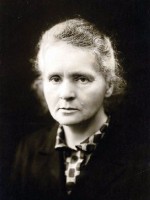 The start of Marie Curie's story isn't like most of the other scientists that had made a name for themselves throughout history, mostly because she was a grown woman by the start of the 20th century. But she was the first woman to do a lot of things, including getting a Ph.D. from a university in France, and winning a Nobel Prize. She was also the first person ever to win a Nobel Prize in two different fields of science. To say she pushed the societal and scientific boundaries of her era is an understatement.
The start of Marie Curie's story isn't like most of the other scientists that had made a name for themselves throughout history, mostly because she was a grown woman by the start of the 20th century. But she was the first woman to do a lot of things, including getting a Ph.D. from a university in France, and winning a Nobel Prize. She was also the first person ever to win a Nobel Prize in two different fields of science. To say she pushed the societal and scientific boundaries of her era is an understatement.